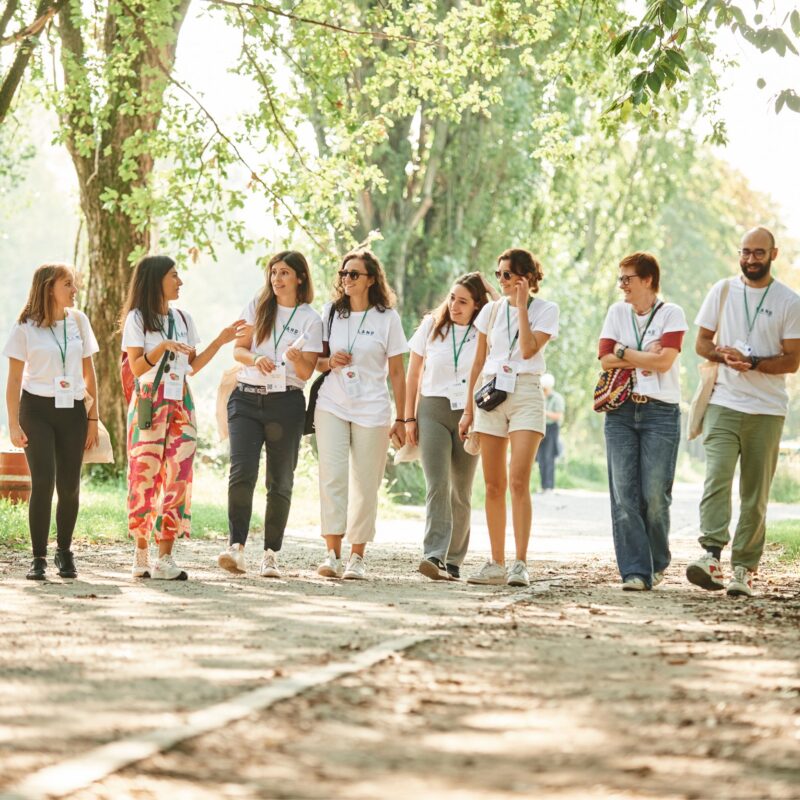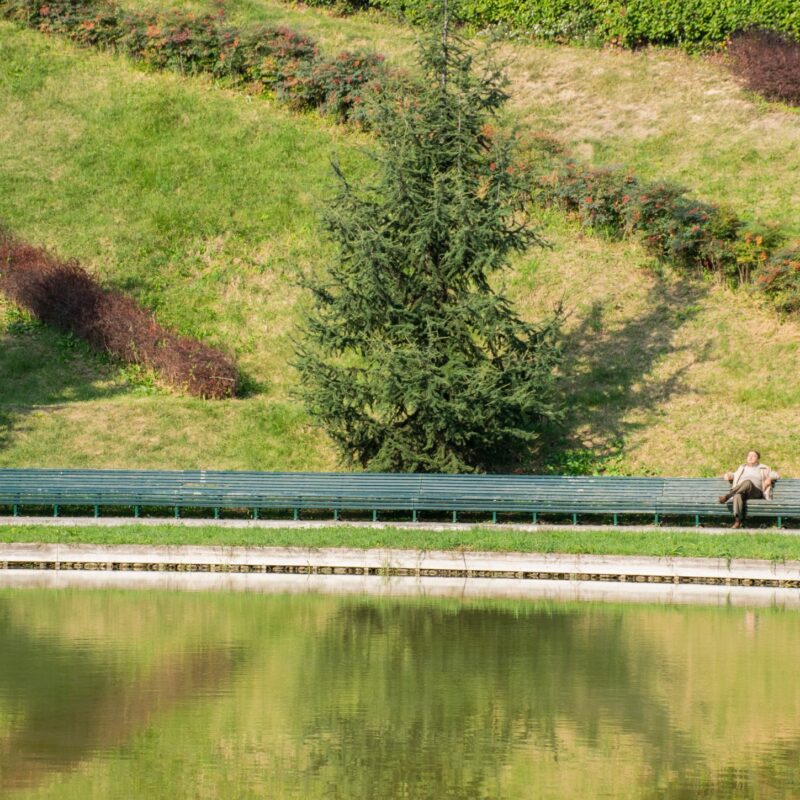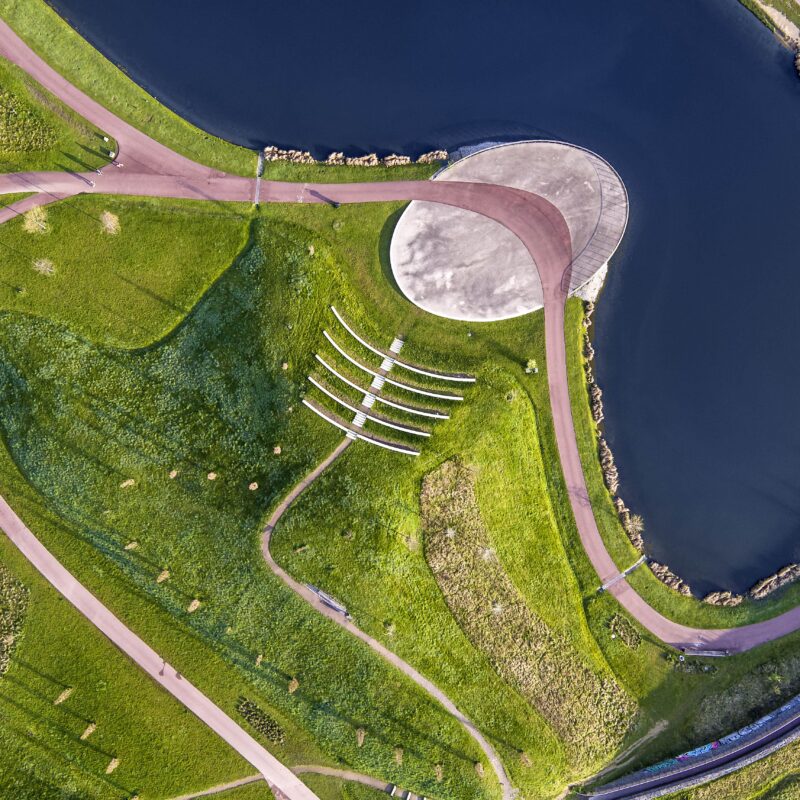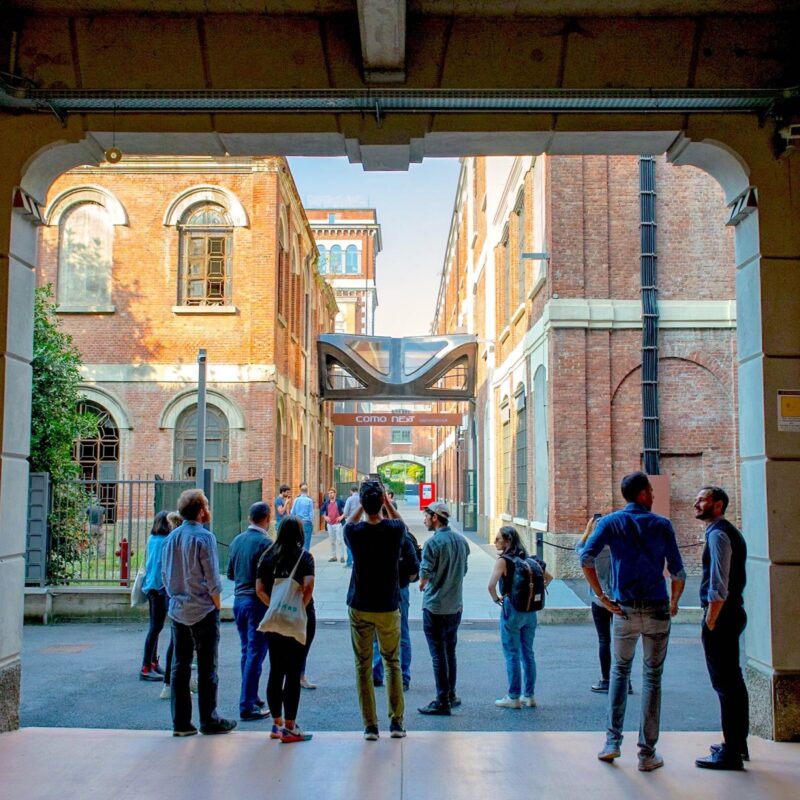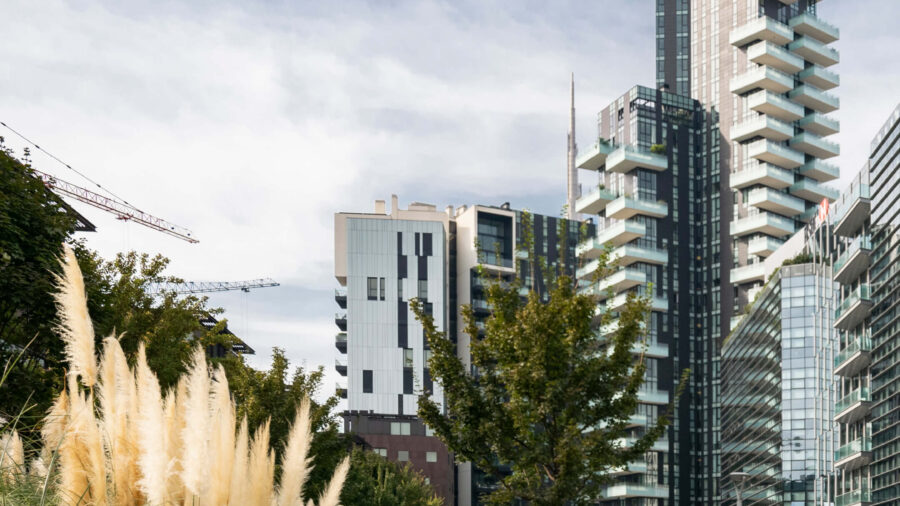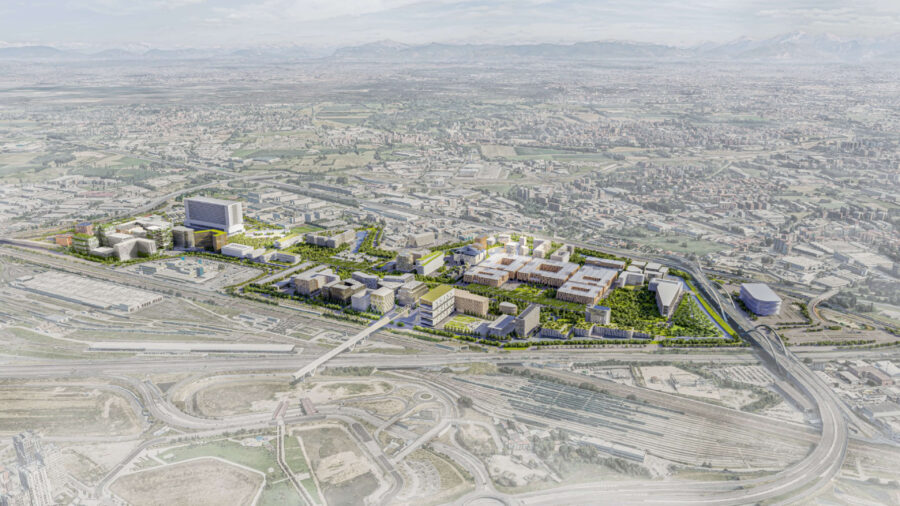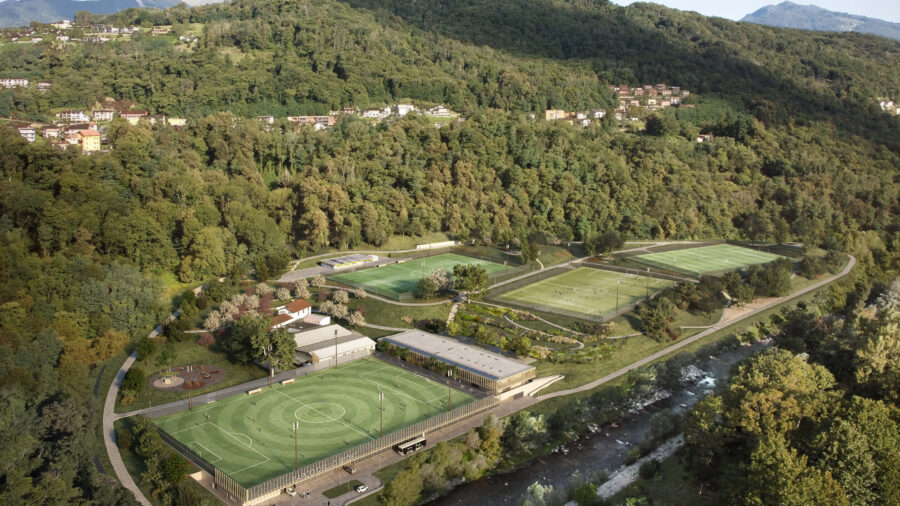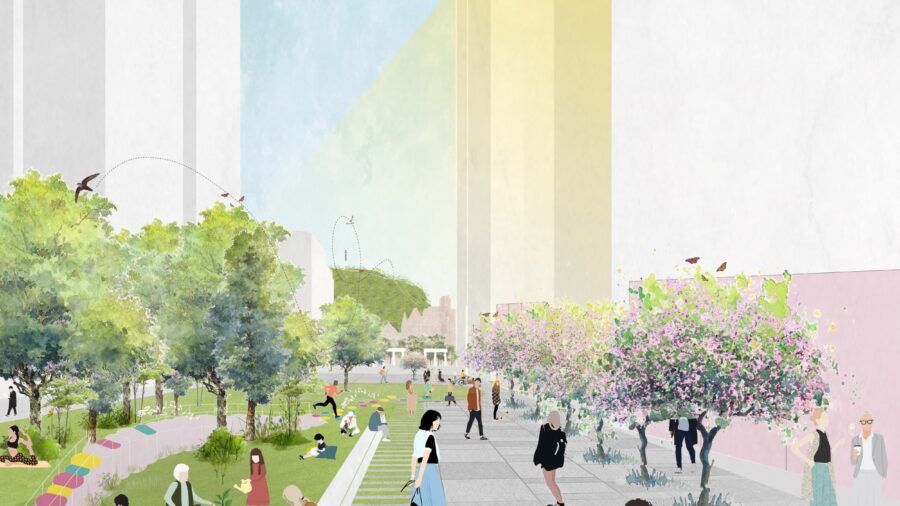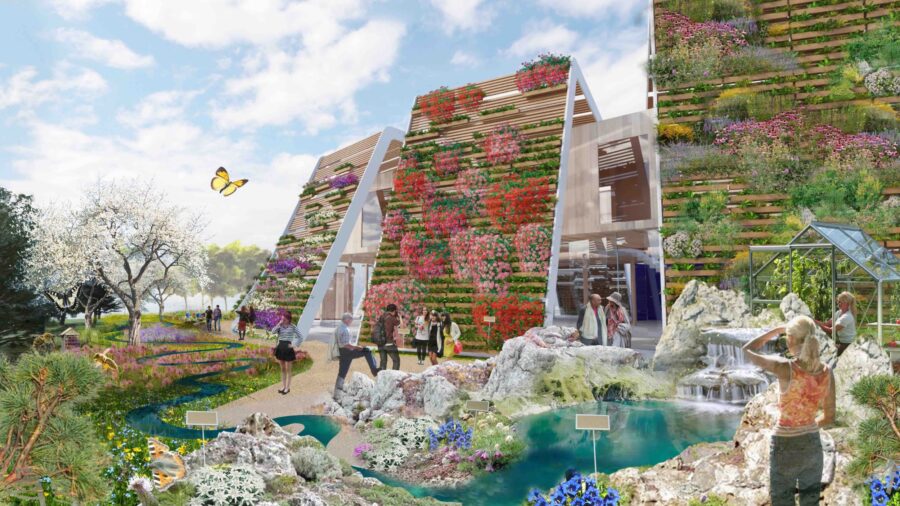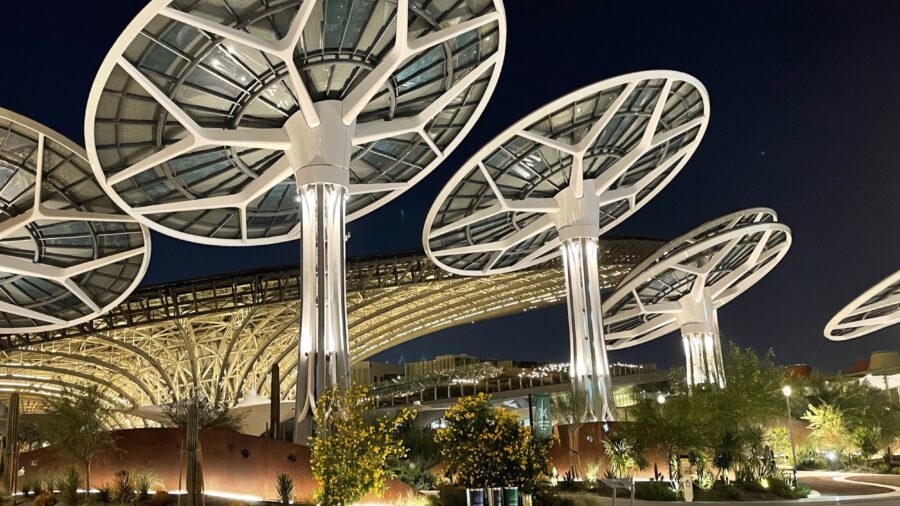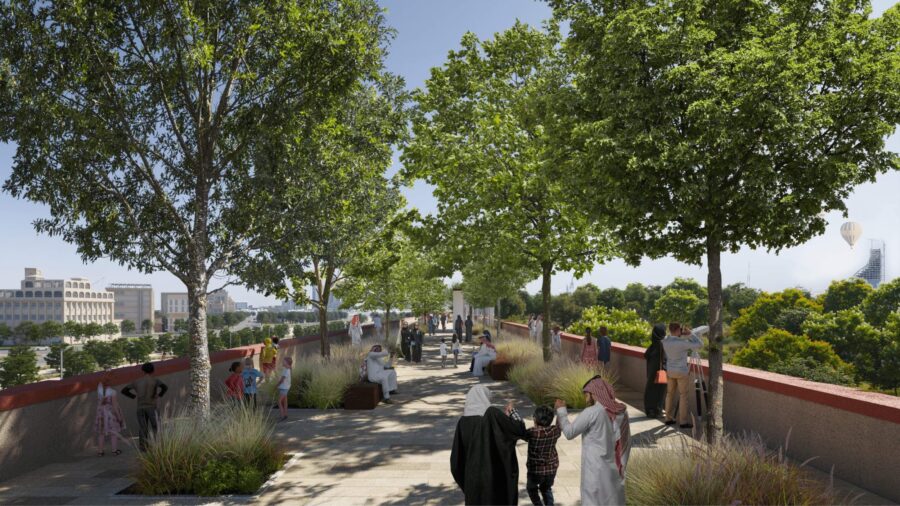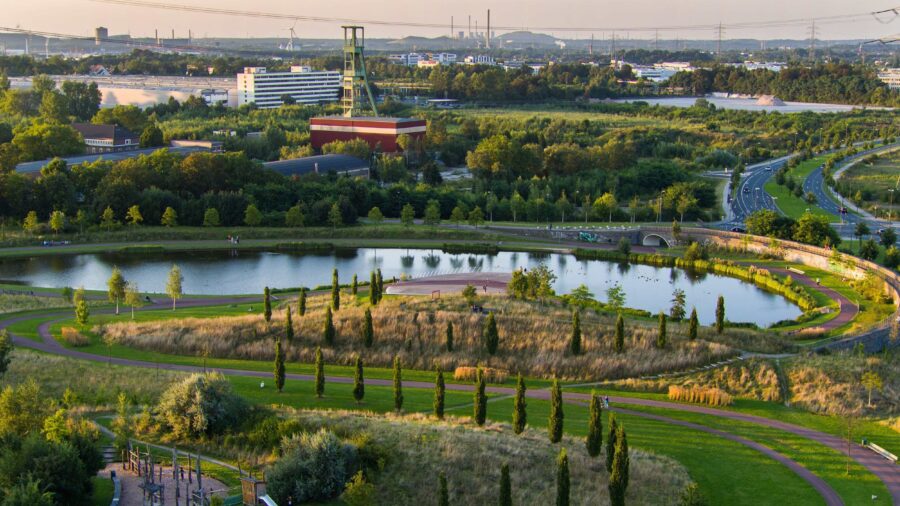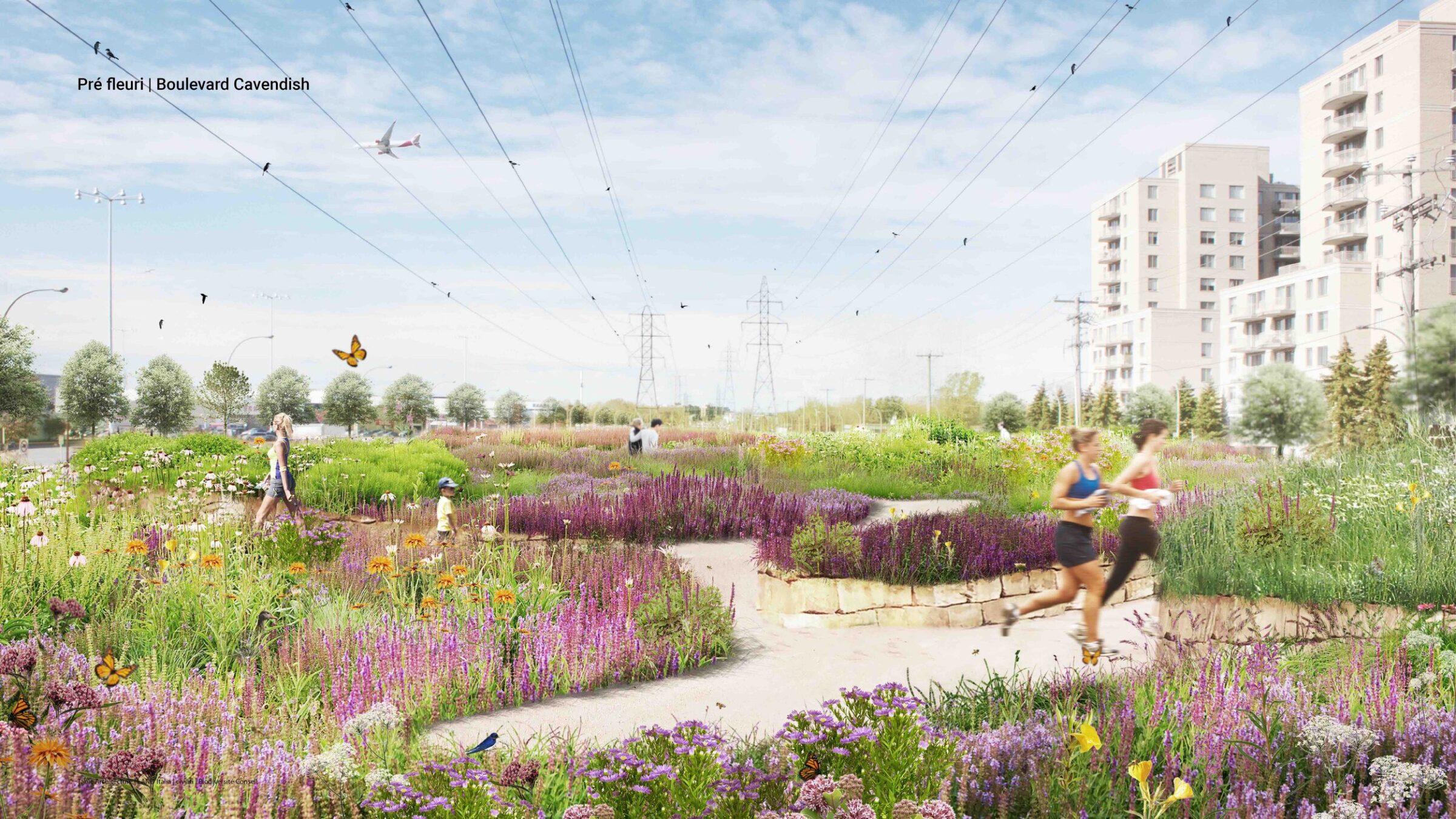
Biodiversity Corridor in Montreal, Canada
Montreal, Canada
Vert-de-Gris is a masterplan that introduces vibrant habitats—forests, wetlands, and more—into the urban monotony. The project launched in Saint-Laurent with the Bureau du Design de la Ville de Montréal, aimed at boosting biodiversity through a seamless integration of green, blue, and social infrastructures. This venture takes a comprehensive approach, spanning neighbourhood to territorial scales, to mend the fragmented natural and human landscapes of urban environments.
Vert-de-Gris is a masterplan that introduces vibrant habitats—forests, wetlands, and more—into the urban monotony. The project launched in Saint-Laurent with the Bureau du Design de la Ville de Montréal, aimed at boosting biodiversity through a seamless integration of green, blue, and social infrastructures. This venture takes a comprehensive approach, spanning neighbourhood to territorial scales, to mend the fragmented natural and human landscapes of urban environments.
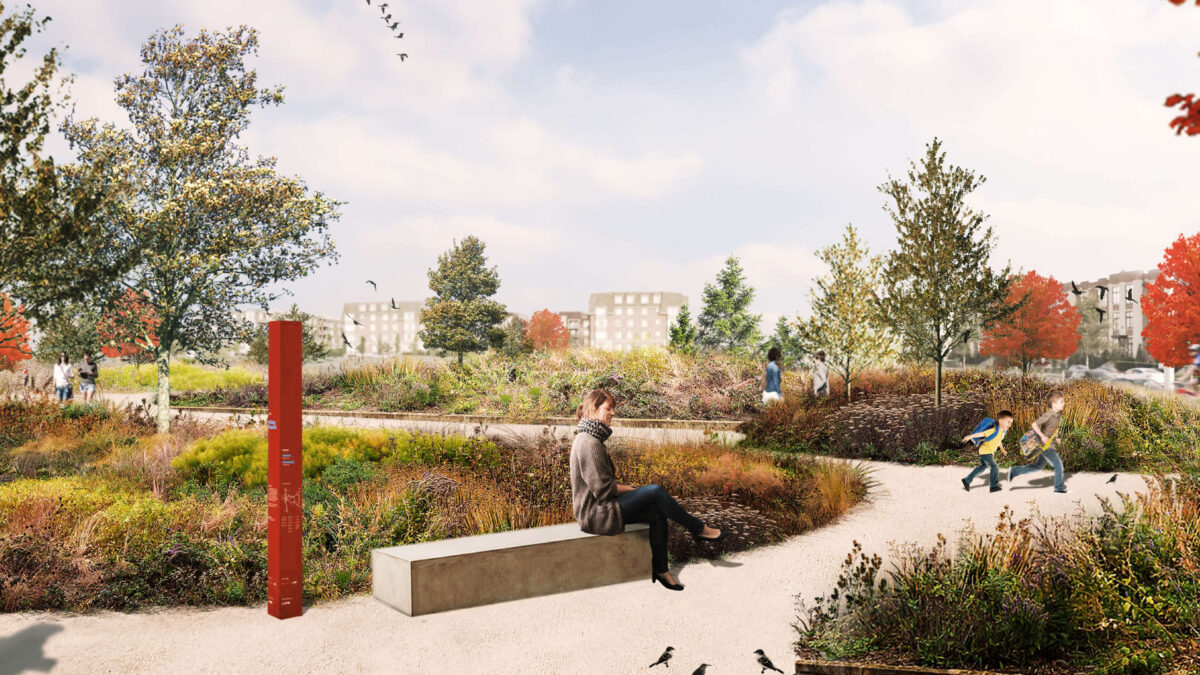
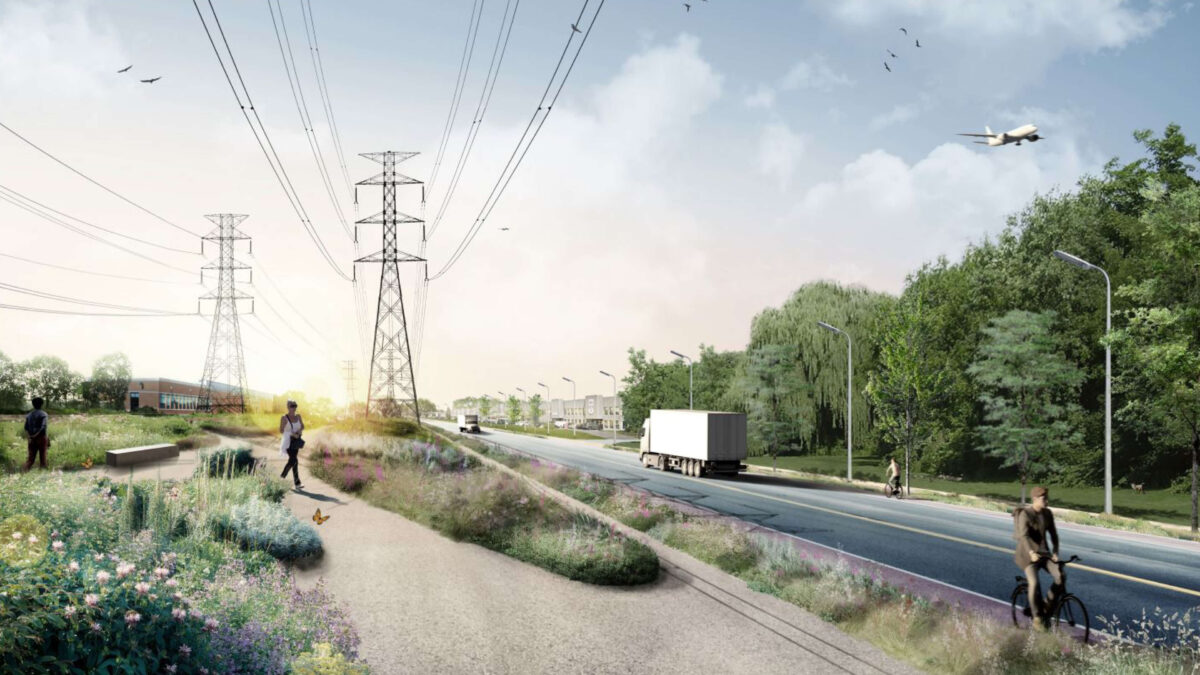
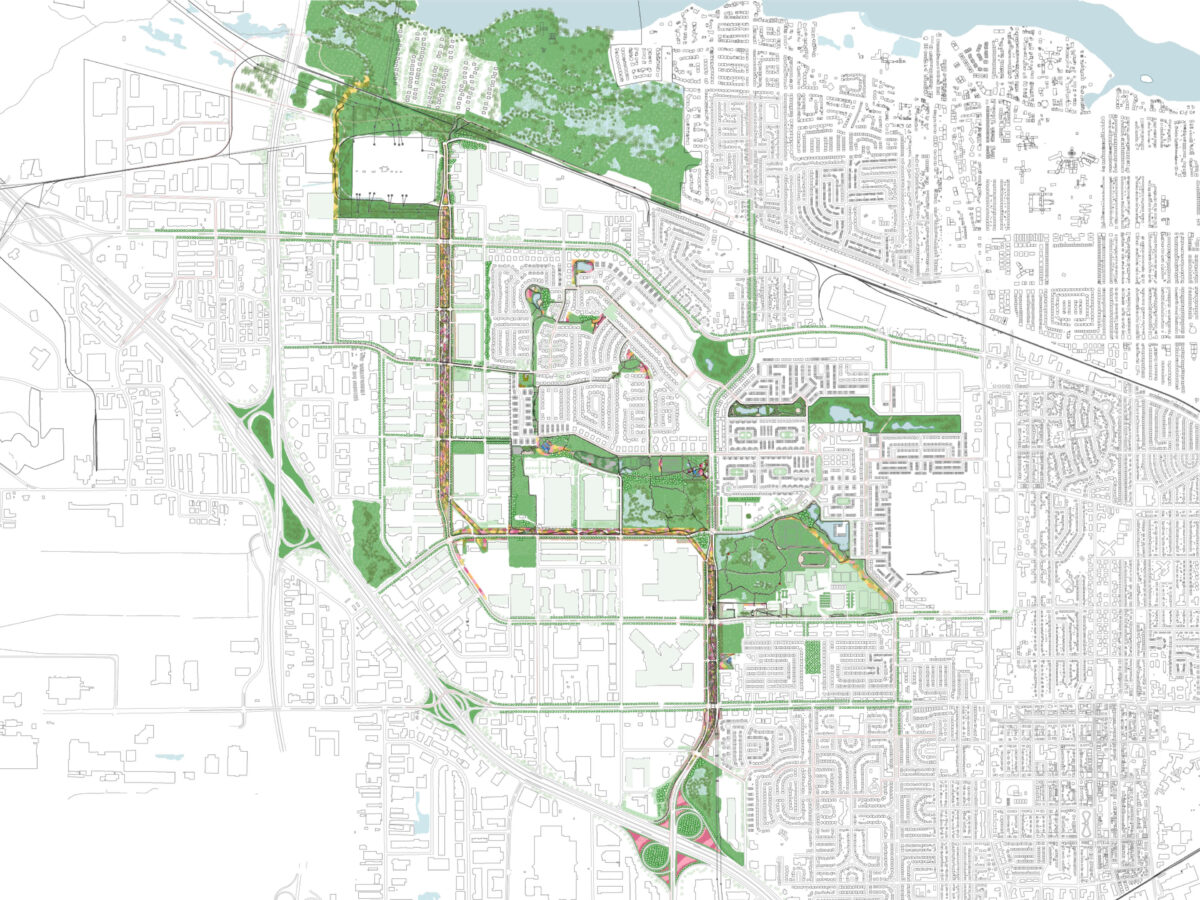
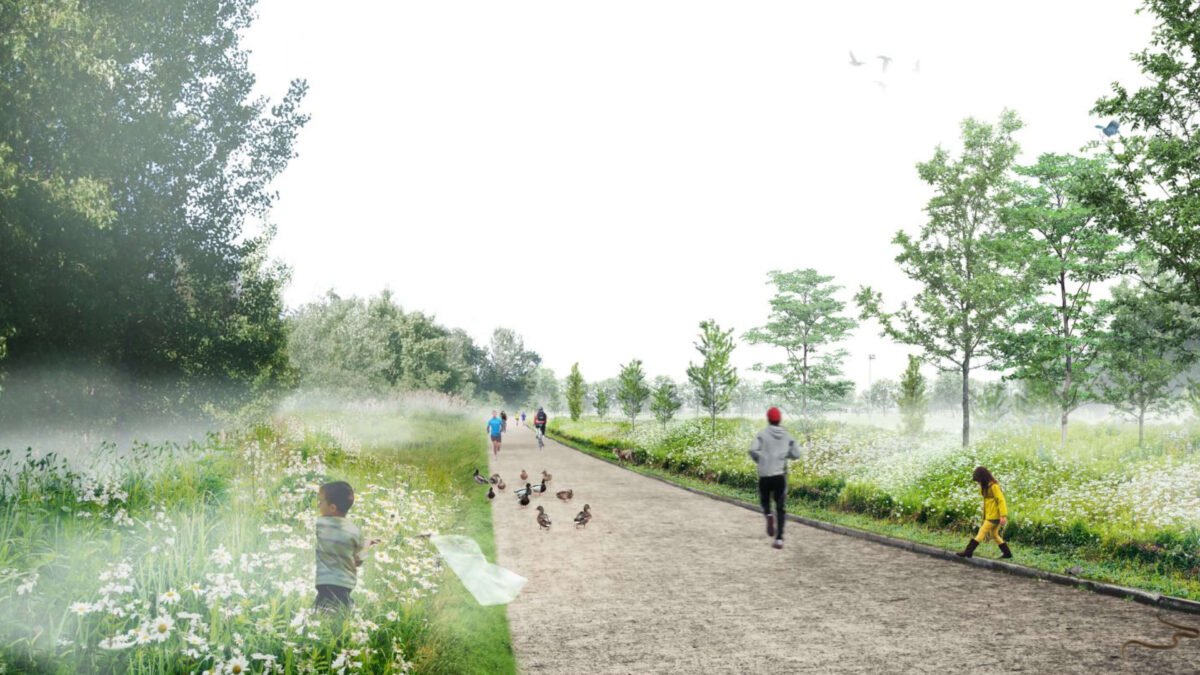
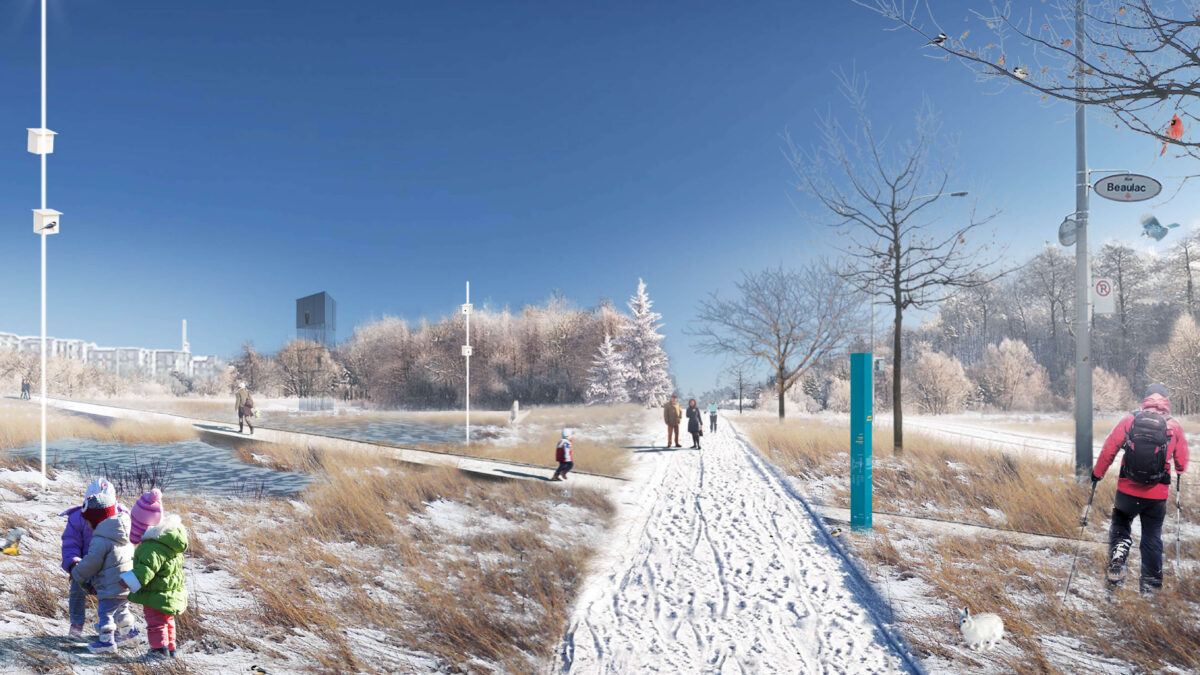
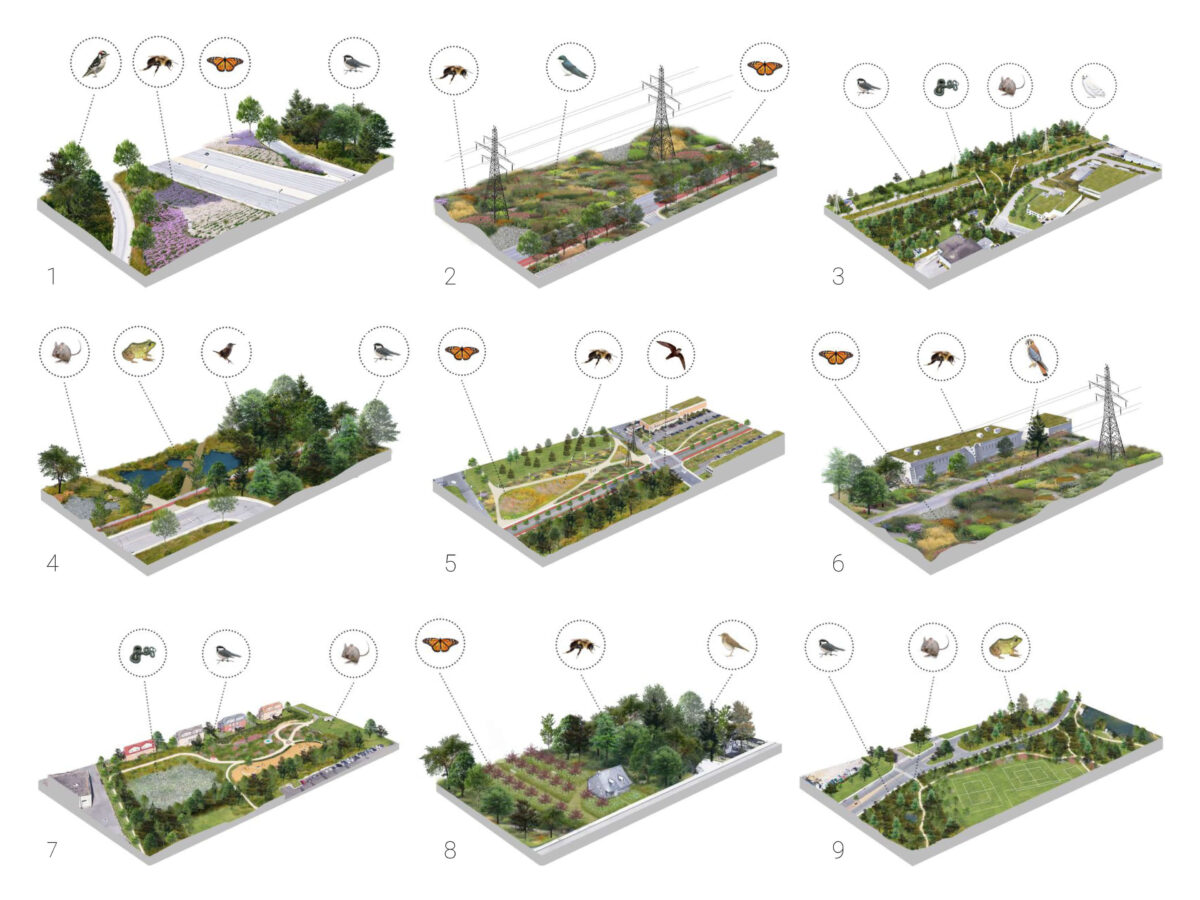
Vert-de-Gris is a unique blend of green, blue, and social infrastructure that aims to reconnect people with nature. It is based on a multi-disciplinary and multi-dimensional approach, considering both the neighbourhood and the territorial scale, making it a truly exciting venture. Today’s fragmentation of natural elements symbolizes the fragmentation of the human experience, which is now segregated into mono-functional sectors, a consequence of a non-systemic conception of urban life.
“We’ve found a fragmented and inhospitable land for both animals and people. With our project we have aimed to set a pioneering standard for sustainable and durable urban development, to bring nature back into the neighborhood, starting from the elements that form the basis of biodiversity – soil, water and air.”
Valeria Pagliaro – LAND Senior Director & Partner
To increase biodiversity and make it durable, we have created new and heterogeneous conditions for the development of life. The first element we have focused on is the basis of all different habitats: the soil. The heterogeneity of rhythm and the relationship between horizontal and vertical elements are at the same time research topics and operative design tools: it generates the masterplan design strategy, where the variety is introduced in today’s monotonous landscape – that hosts different habitats such as forest, fallow lands, wetland, and promotes the spread of a wide variety of life forms compatible with the human presence in a healthy urban environment.
Looking towards the future, the Biodiversity Corridor is not just a project, it’s a vision. It’s going to be an open-air laboratory, a living lab for the construction of a new kind of Urban Nature, a testament to our commitment to a more sustainable and biodiverse future.
LAND won the competition and then developed the master plan for the Arrondissement. The project was awarded the National Urban Design Awards 2020 for Sustainable Development, Canada and won the Awards of Excellence in the “Planning and Analysis” category by the Canadian Society of Landscape Architects (CSLA/AAPC) in 2021.
Office
People
Andreas KiparValeria PagliaroFederico Bressanelli Giulia Bonisoli
Typology
Strategic Masterplanning at all scalesUrban regeneration & development
Water management
80.000 sqm of enhanced humid areas
30.000 sqm of detention basins
7.800 sqm of new infiltration areas
Biodiversity
228.000 sqm of wildflowers
260.000 sqm of habitat with high biodiversity
4.000 new trees
Fruition
20 km of cycle network
17 km of new pedestrian paths
